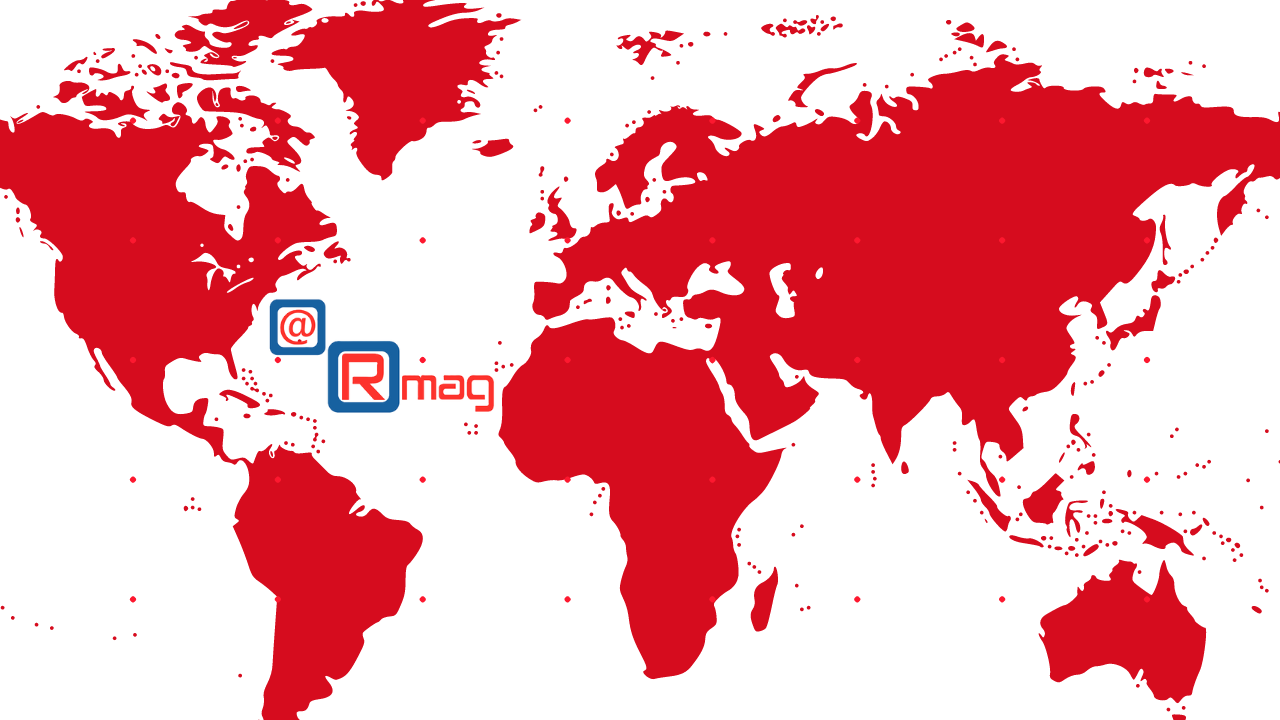Opinion by Ramona Țariuc, Director, Indirect Taxation, Deloitte Romania
The European process of digitizing tax reporting, which a few years ago was characterized by individual initiatives of the member states of the European Union (EU), currently aims to standardize the procedures at community level.
This approach aims at simplifying the fiscal burden of taxpayers operating in the EU, regardless of size and sector of activity, and increasing receipts from fees and taxes, especially from VAT, which is a major source of revenue in all member states, but also for the Union budget.
The main challenge of this standardization lies, however, in the harmonization of internal systems, already implemented by certain states, including Romania, such as SAF-T, in various versions, e-Invoice, generalized or not, or the electronic systems for monitoring the transport of goods.
An important European initiative in this direction is the legislative package “VAT in the digital era”, the main objective of this initiative is to reduce the VAT collection deficit compared to 2019 (when, at the EU level, it was over 10%, respectively 135 billions of euros). In the initial version, the proposal aimed to implement electronic reporting for cross-border deliveries based on electronic invoices by January 2028.
However, after publication, states that previously adopted mandatory electronic invoicing at the national level cited the peculiarities of their internal systems and requested the revision of certain components of the proposal and an agreement on fundamental principles on digital reporting requirements to underpin the real-time tax data reporting framework at EU level. For example, at the most recent ECOFIN (EU Economic and Financial Affairs Council) meeting, Estonia opposed the initiative, arguing that, in its current form, it would impose unjustified financial burdens on SMEs below the VAT threshold.
The initiators of the project estimated, at the time of publication, that the proposed measures will bring additional revenues to the EU budget of approximately 200 billion euros, over the next ten years.
The first results of the digitization of tax reporting are already visible, at the level of the Union, given that, in just two years, the VAT collection deficit has been reduced to 5.3%, i.e. 61 billion euros (at the end of 2021) which which represents, according to the European Commission, “an unprecedented improvement” compared to previous years.
Member States’ own initiatives
In parallel, Member States continue to develop their own reporting systems, especially those aimed at the continuous control of transactions, through real-time reporting. For example, Germany adopted, in the first part of this year, the law that provides for mandatory electronic invoicing starting in 2027, in stages, depending on the size of the taxpayers. Also, countries such as France, Belgium or Poland are in various stages of adopting similar systems, and in others they have already been operating for several years (e.g. Italy). Electronic systems for monitoring road transport of goods also belong to the same category of electronic reporting aimed at combating tax evasion.
Such a system (Electronic Trade and Transport Control System – EKAER) has been implemented since 2015 in Hungary and initially involved the reporting of all transports of goods on public roads in this country. But the European Commission considered that the system violates EU rules in the field and asked the Hungarian authorities to align their systems with EU regulations. Thus, starting from 2021, the rule applies only to the transport of goods with fiscal risk. Also, Bulgaria has recently introduced an electronic system for monitoring shipments of goods with high fiscal risk, first for intra-Community transactions, and later (from January 2024) for domestic and cross-border shipments.




